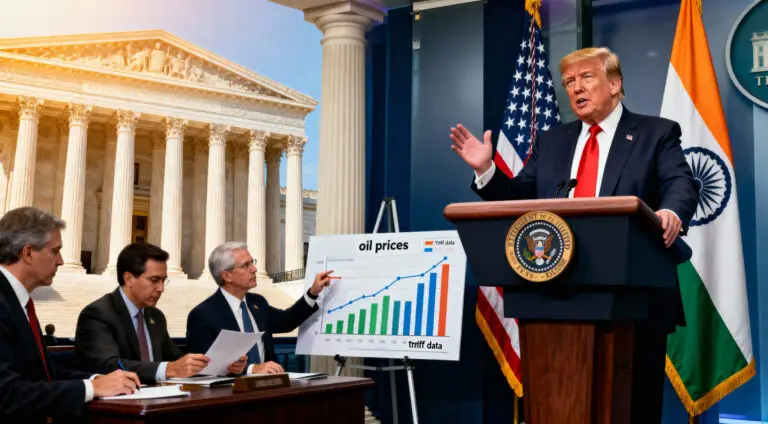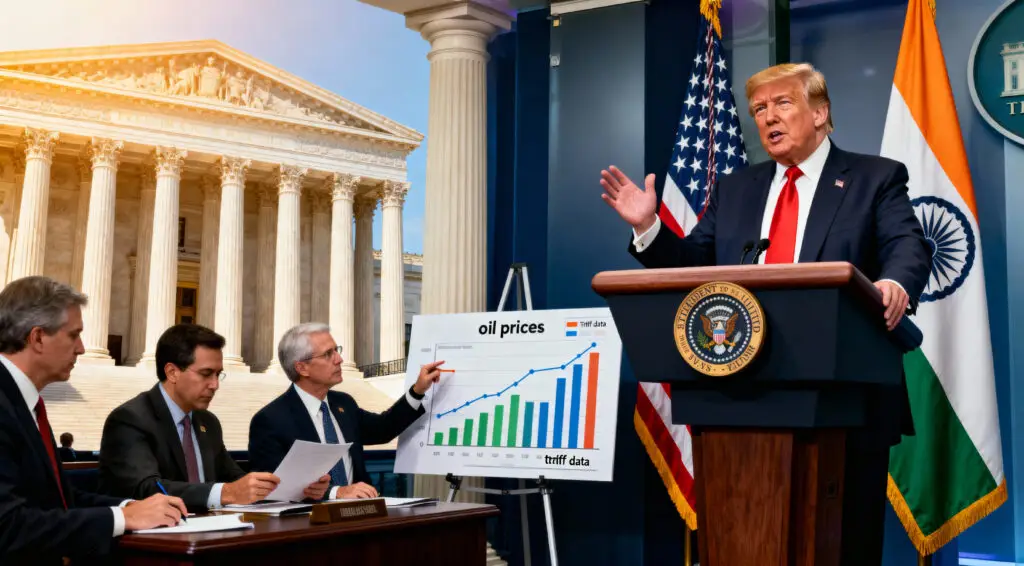WASHINGTON, D.C. — November 9, 2025 — The United States Senate has passed a bipartisan agreement to end the nation’s longest-ever government shutdown, which had paralyzed federal services for 40 days and left more than 1.4 million employees without pay. The measure marks the first concrete step toward reopening the government and restoring essential operations.
Senate Reaches Rare Cross-Party Compromise After Weeks of Deadlock
After a weekend of negotiations, eight Democrats joined Republicans to advance the funding bill, overcoming a key procedural hurdle. The agreement—brokered between Senate Majority Leader John Thune and the White House—passed with a 60-vote threshold, reflecting rare unity after weeks of partisan gridlock.
The deal includes funding for government agencies, a guaranteed vote on extending healthcare subsidies, and back pay for all federal workers affected by the shutdown. “We have senators, both Democrats and Republicans, eager to get to work and end this crisis,” said Thune.
Key Provisions of the Funding Agreement
The measure funds the government through January 30, temporarily averting another shutdown until early next year. It includes three appropriations bills covering veterans affairs, agriculture, and essential nutrition programs such as SNAP, which supports one in eight Americans.
Additionally, the deal ensures a December vote on renewing Affordable Care Act tax credits, a key Democratic demand that helped break the legislative impasse.
Recommended Article: US Airspace Cuts Deepen as Shutdown Hits Economy Harder Than…
Political Fallout Deepens Among Democratic Lawmakers
While the passage of the bill signaled progress, internal tensions within the Democratic Party have intensified. Senate Majority Leader Chuck Schumer criticized the agreement, arguing that it “does nothing to address the healthcare crisis.” Other Democrats accused their colleagues of conceding too soon.
California Governor Gavin Newsom described the move as “pathetic,” reflecting frustration from the party’s progressive faction. Political analysts believe the dispute could sharpen divisions ahead of next year’s elections.
Shutdown’s Impact on Americans and Federal Services
The 40-day shutdown disrupted a broad range of public services, from air travel delays to suspended food benefits for over 41 million low-income Americans. Federal workers faced mounting financial strain, with some relying on community food banks and temporary aid.
Airlines and airports were among the most heavily impacted sectors, as thousands of FAA employees were furloughed, forcing reductions in flight schedules and safety inspections.
Analysts Caution on Temporary Nature of the Deal
Political observers warn that the deal provides only a short-term fix, leaving the potential for another funding crisis in early 2026. “This resolution buys time, not stability,” said Dr. Marcia Whitfield, senior fellow at the Brookings Institution. “Without structural reform to the budgeting process, another shutdown remains a real risk.”
House lawmakers are expected to debate the measure next, with a vote anticipated by mid-week. If passed, the bill will be sent to President Trump for final approval, clearing the path for the government’s full reopening.
Broader Implications for the US Economy
The prolonged shutdown has already cost the economy billions of dollars in lost productivity, according to the Congressional Budget Office. Economists warn that the impact on consumer confidence and federal operations could linger into 2026.
Still, markets reacted positively to the Senate’s breakthrough, with U.S. futures and crypto markets rebounding on expectations of restored government activity.















